#remora
Text

Neorice's Ocean
#pixelart#neorice#sprites#pixel art#neoriceisgood#retro#16bit#game art#shark#sharks#white shark#hammerhead#fish#aquatic life#sea creatures#aquatic#fishes#marine life#remora#morray#marine biology#sea animals#marine animals#sea life
4K notes
·
View notes
Text

Remoras crowding a shark
By: Unknown photographer
From: The Complete Encyclopedia of the Animal World
1980
#remora#carangiform#bony fish#fish#shark#cartilaginous fish#1980#1980s#The Complete Encyclopedia of the Animal World (1980)
5K notes
·
View notes
Text

V The Hierophant
1K notes
·
View notes
Text
me and the bitches i pulled by being massive

#whale shark#remora#marine biology#marine biology shitpost#marine animals#marine science#eddie in the ocean
2K notes
·
View notes
Text

‘Mystic Remora’ releases as a print Thurs 15th Jun, 12PM (PT) 🌊 This was probably the coolest piece I did for Magic the Gathering: Secret Lair collection! I remember when I first got the brief I was shocked… how the hell was I going to paint a creepy looking fish in my style, let alone make it mystical?
Remora fish have this strange shaped suction cup atop their head. Which made me think… what if the pattern of the suction cup head was instead magical runes! And so, after all sorts of trial and error, I managed to make something that kept true to my style and fit within the world of Magic — a sorceress of the sea drawing upon the the magical powers of her companion, a mystical runed remora.
More details here: https://kelogsloops.com/prints
#brbchasigndreams#art#painting#art print#watercolor#my art#mtg#magic the gathering#magic#wizards#wotc#wizards of the coast#secret lair#mystic remora#fish#fantasy#surreal#remora#traditional art#gold leaf#mixed media#artist#illustration#artists on tumblr#card art
2K notes
·
View notes
Text

Waves of Life
2K notes
·
View notes
Video
Remember to brush your teeth
Source
2K notes
·
View notes
Text
Wet Beast Wednesday: remoras
Sometimes you just want to go with the flow and let someone else do the work. That's the mindset of a remora, this week's topic. Remoras are eight species of the family Echeneidae, divided into three genera. These fish are famous for suctioning onto a larger animal and going for a ride.
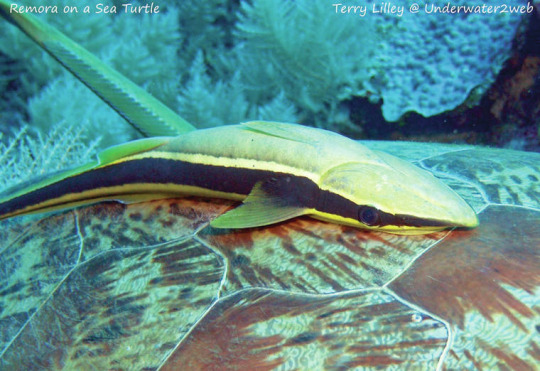
(Image id: a remora attached to the shell of a sea turtle. It is a long, slender fish with a black stripe going down its sides. Its lower jaw is pointed and facing upwards. End id)
Remoras differ in size depending on species, with the largest reaching 110 cm (43 in) in length. Their most famous feature is the disc on their backs. This disc is a heavily modified dorsal fin that consists of flexible membranes. When pressing the disc up against a surface, the membranes can be flexed to create a vacuum and provide suction in a similar manner to a suction cup. The Remora can then scoot backwards to increase suction or swim forward to release the suction and detach from its host. Remoras also lack a swim bladder, forcing them to actively swim to maintain their position on the water column. Fortunately, remoras don't really need swim bladders where they're going. While they can swim and survive on their own, remoras prefer to attach to a larger animal like a bigger fish, shark, ray, or cetacean. When there is a close interaction between two organisms it's called symbiosis. There are three types of symbiosis: mutualism (both benefit), commensalism (one benefits, the other is not positively or negatively affected), and parasitism (one benefits, the other suffers). The relationship between a remora and its host is likely either mutualistic or commensal as the host appears to suffer no downsides.
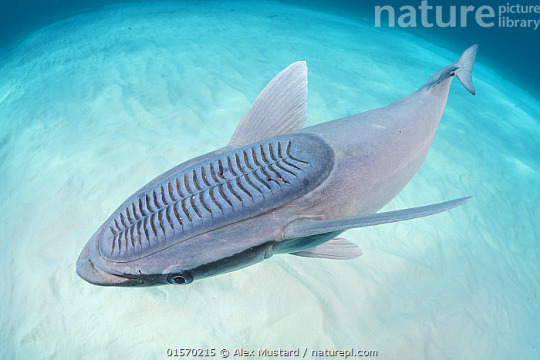
(Image id: a remora seen from above to emphasize its disc. The disc is oval and takes up about 30% of the upper body, starting just behind the mouth. The disc has many rows of darker stripes where the folds are visible)
A remora gets several benefits from being attached to a host. Being in close proximity to a larger animal protects it from predators closer to its own size and gets it a free ride. The ride also helps force air over its gills, keeping the remora well-oxygenated. There are two main methods fish use to keep water flowing over their gills. Ram ventilation occurs when a fish is swimming and their motion through the water forced the water over the gills. Active ventilation requires the fish to actively move water over its gills, often by repeatedly opening and closing its mouth. Both methods require the fish to expend energy, but tests on remoras determined that active ventilation is more energy intensive than ram ventilation. A remora on a fast-moving host can get the best option, using ram ventilation while letting someone else expend the energy of moving forward. Multiple remoras can live on a large enough host and it is speculated that sometimes mated pairs will share a host. It was previously believed that remoras would feed on scraps of food from the hosts meals, but it is now known that they derive most of their nutrition by eating the hosts feces. They also consume bits of dead skin and parasites from the host, which is a lot less gross. This cleaning of skin and parasites is why remora relationships with their hosts are considered mutualistic rather than commensal. There have been reports of hosts attempting to dislodge their remoras through methods such as breaching, so its possible there are situations where the relationship is unfavorable to the host, such as too many remoras attaching. While remoras are very streamlines, too many of them would produce drag, which would be a bad thing for the host.
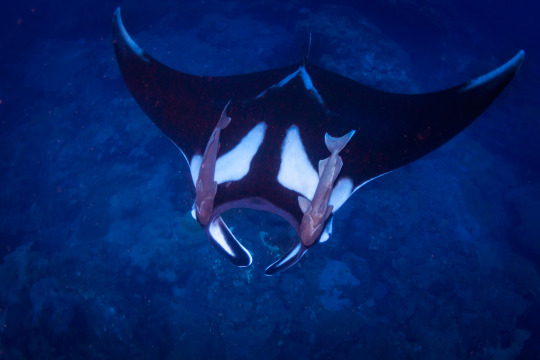
(Image id: a manta ray or similar species seen from above , with two remoras attached to it just behind the cephalic fins. End id)
While remoras are most famous for attaching to a host, they are capable of living on their own. Juveniles are known to live in shallow coastal or reef areas, sometimes acting as cleaner fish. As adults, they move out into the deeper waters, in search of hosts. Most knowledge of remoras come from their behavior when attached to a host, so there isn't a lot we know about how they behave on their own. They are believed to have different diets, being more active hunters who feed on small crustaceans, squid, and fish. We don't know a lot about non-attached remoras, but we know even less about their reproduction. While remoras attached to the same host might become mated pairs, their mating season, mating habits, and what happens to their offspring is not known. All we know is that eventually juvenile remoras will turn up in coastal areas, but what happens between then and spawning is a mystery.
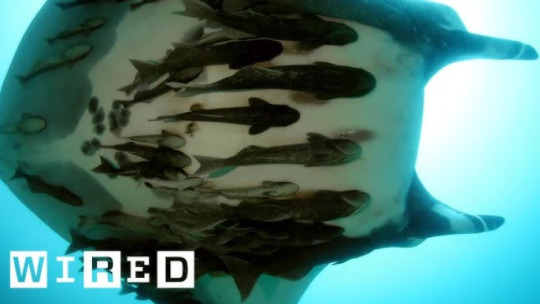
(Image id: a manta ray seen from below with many remoras attached to it. End id)
Remoras popped up in roman folklore as the echeneis, a small fish that could attach to boats and slow them down. Pliny the Elder blamed the echeneis for Mark Antony's loss in the battle of Actium, where poor maneuverability was one factor in his loss. A use for remoras has been in fishing, where a remora is caught, has a line tied to it, and then released. When the remora attaches to a host, the angler can pull in the line, pulling the larger animal in with the remora. The IUCN classifies all species of remora as least concern, except for one, which is data deficient. The largest threat to remoras seems to be threats to their hosts, so conservation of hosts like sharks, whales, and sea turtles will help conserve remoras by default.
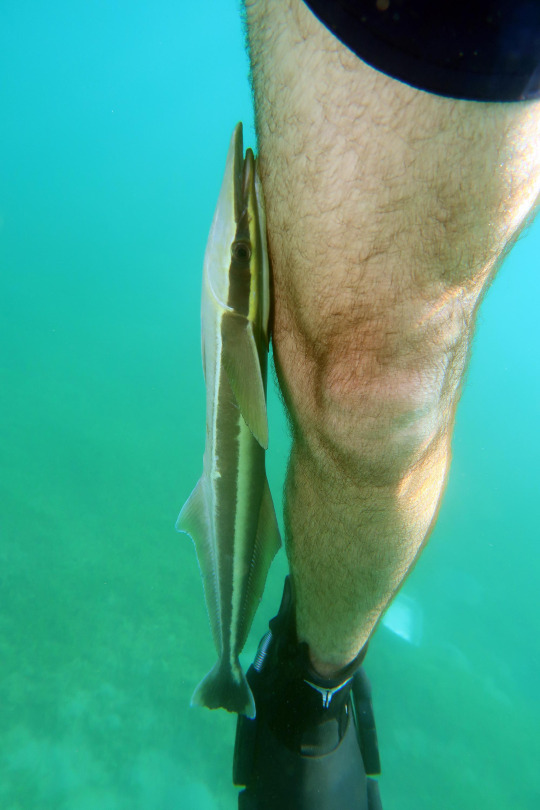
(Image id: a remora that attached itself to a diver's leg. End id)
This was a shorter and less intensive WBW than most of my posts. What can I say, I felt lazy and decided to put in little effort, instead coasting on larger, more successful posts. If only there was an animal I could use as a metaphor for this situation. Can't think of anything, though.
#wet beast wednesday#i had to research roman naval battles for this post about fish#remora#suckerfish#shark sucker#fish#fishblr#fishposting#marine biology#biology#ecology#zoology#animal facts
384 notes
·
View notes
Note
have you done a remora yet?

fish 158 - remora
165 notes
·
View notes
Photo
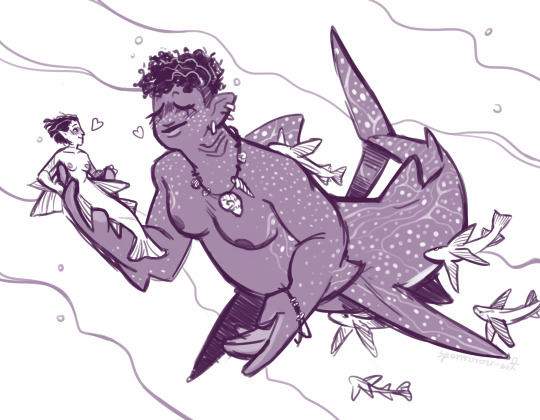
those everyday drawing challenges always defeat me, so this mermay im doing random ass simple doodles who knows when. today? whale sharks on the brain, so whale shark mermaid with her remora gf
#im a simple lesbian i draw a cute girl i give her a gf#mermay#mermay 2023#digital art#mermaid#whale shark#remora#fish#doodles
219 notes
·
View notes
Text
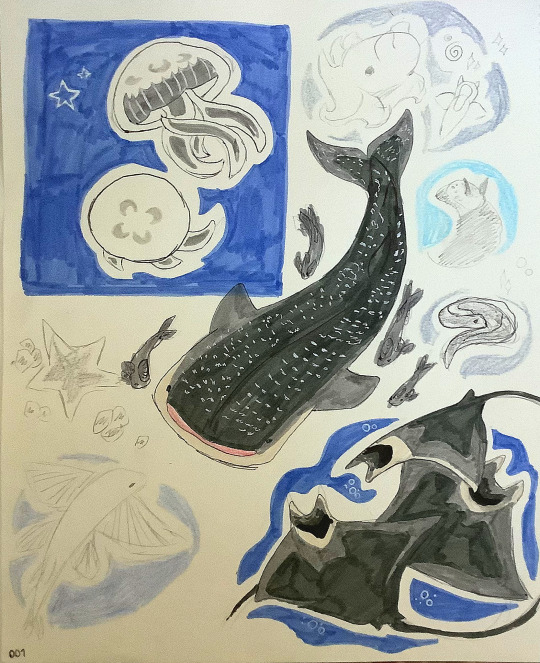
Sea creature doodle page !!
#art#drawing#doodle#sea creatures#marine life#moon jellyfish#moon jellies#umbrella octopus#dumbo octopus#sea angel#starfish#remora#whale shark#sea bunny#sea slug#moray eel#flying fish#stingray#barnacles
161 notes
·
View notes
Text
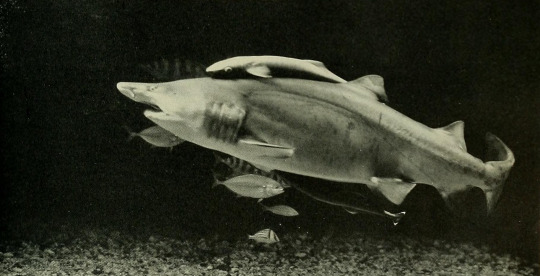
Shark with remoras
By: Unknown photographer
From: Natural History Magazine
1936
188 notes
·
View notes
Text
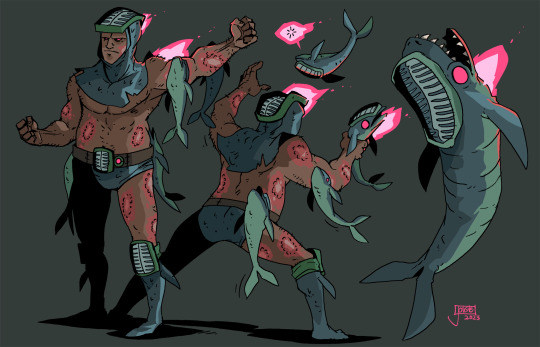
The Remorian!
Able to stick to most things with his sucker plated equipment, this hydrated hero hurls hapless hitchhiker fish at his foes! He was once just a freeloading marine biologist who relied on the smarts of his peers until a thirst for oceanic justice suctioned onto him!
#jouste#drawbarian#original character#character design#oc#character sheet#ocs#character art#characterdesign#remora#fish
140 notes
·
View notes
Text

#shark#remora#sharksucker#marine biology#marine biology shitpost#marine animals#marine science#marine life#biology#marine#ocean#animals#meme
1K notes
·
View notes
Text
Daily fish fact #374
Remoras!

With their modified dorsal fin, they suction onto large fish, whales and even ships! Remoras benefit from a host as they get to ride along without using energy themselves, and they also get to dine on the leftovers or parasites of their host. Hosts tend to not face any negative impacts from remoras, though they aren't as hydrodynamic!
#i enjoy that theyre upside down -looking#fish#fishfact#fish facts#fishblr#marine animals#marine life#marine biology#sea animals#sea creatures#sea life#biology#zoology#remora#suckerfish
268 notes
·
View notes
